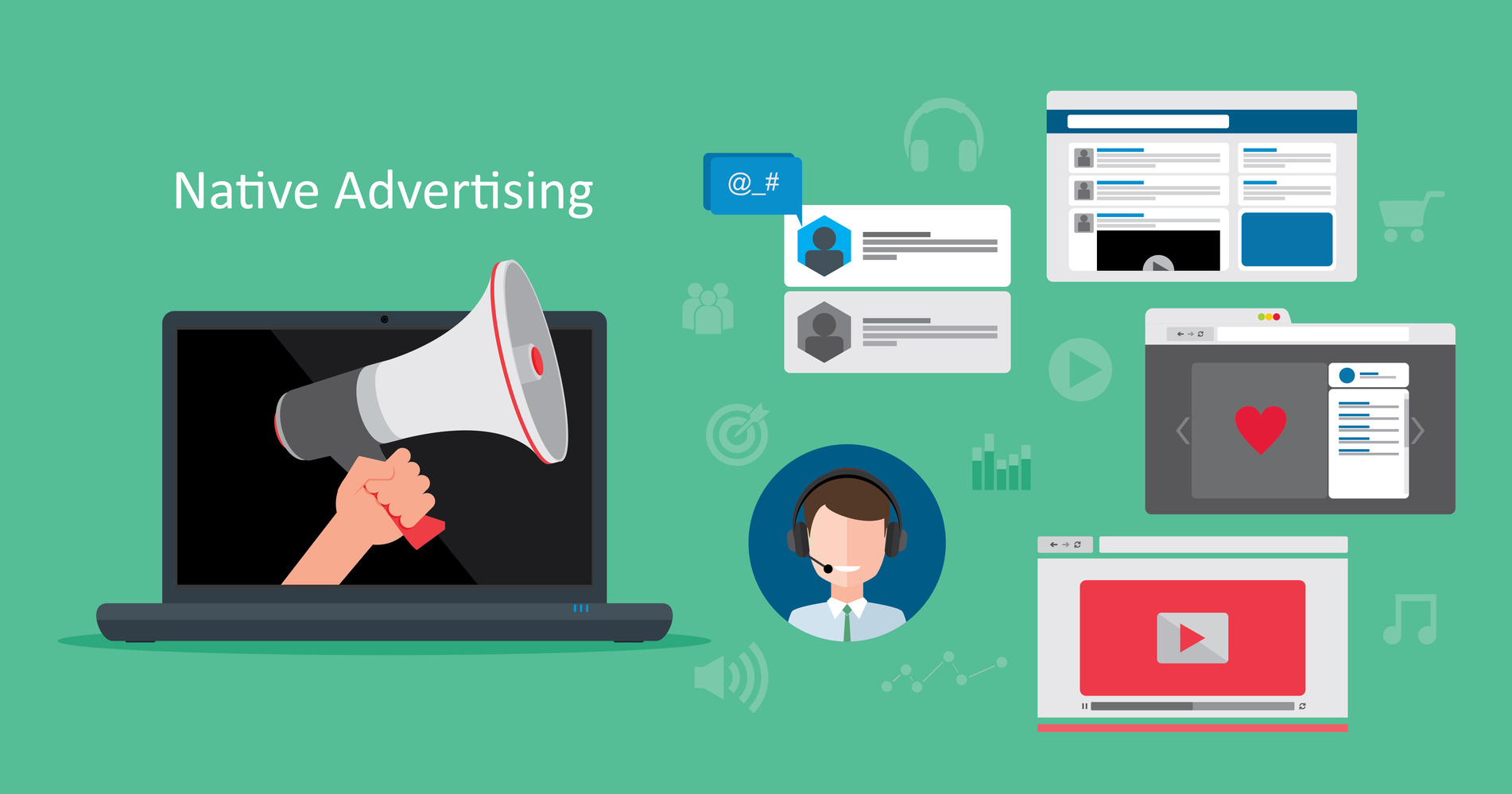It is a form of a cooperation between an advertiser (seller) and a partner (affiliate), the latter becoming an intermediary in the sales process. The advertiser’s gain is the increased number of clients, and the affiliate is paid for the results of their actions.
In order to understand how affiliate marketing works, let us imagine a person who wishes to sell their podcast about modern ways of conducting business. The author (advertiser) of the podcast has their own website where the product is sold. Unfortunately, there is practically no interest in the product, as very little people visit this website. In order to increase the number of potential buyers – the advertiser sets up some rules of cooperation with a partner – the owner of a popular business website, who then puts an advertisement of the podcast on it. Each unique user who clicks the link within the advertisement, and then buys an access to the podcast – generates revenue for the advertiser, who, subsequently, pays the commission to the partner. This way, the advertiser may reach a larger group of recipients, with no or minimum cost for reaching people who would otherwise be absent at the right stage of the sales funnel. It is often that, in order to maximize the affiliation effect, one customer is being reached via many partners, using a variety of platforms. Affiliate marketing is always based on a payment for a particular effect, which is why it is a reasonable solution for advertisers and partners.
There are several ways of commission models. The most popular are:
Cost Per Sale (CPS) – a classic model, sales commission
Cost Per Click (CPC) – remuneration for each ad click
Cost Per Lead (CPL) – remuneration for each agreed action performed by users (e.g. filling a contact or meeting request form)
Many users praise affiliate programs for the possibility of earning money without leaving home. Why don’t you become one and start earning, too.





